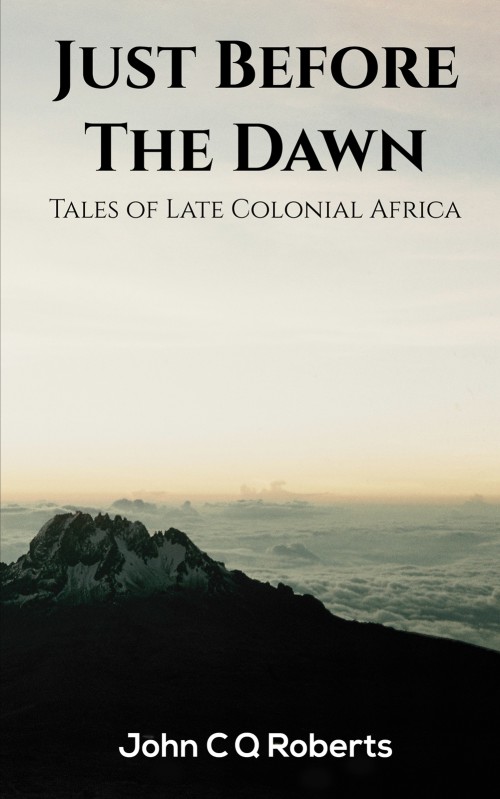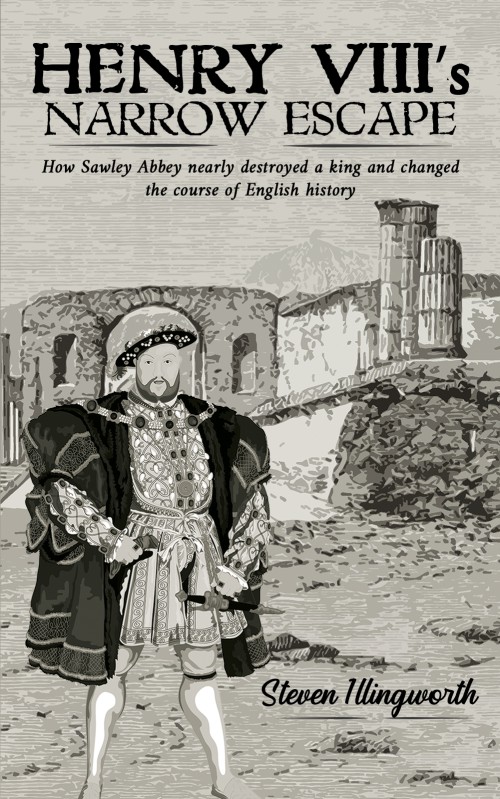-
Just Before the Dawn
JUST BEFORE THE DAWN is a ‘snap-shot’ of four former African colonies as they approached independence at the end of the 1950s. It is also a travel book based on the author’s experience and adventures whilst living and working at that time in Tanganyika, Zanzibar, Ruanda-Urundi (as they were then called) and Kenya. The book touches on those countries’ differing histories, both ancient and recent. It also offers the reminiscences of an elderly man pondering his first experiences of the worlds of work, and of love. The book’s leitmotif is dawn, along with its challenges: the coming dawn of change in those four countries, and in the author’s personal life. Additionally, he describes the magnificent dawn he experienced while climbing Mount Kilimanjaro, as seen on this cover.Some of the comments on the author’s book on Russia:‘A calm and objective witness for the truth’ – John Le Carré‘It affords twin pleasures of content and style’ – a reader in France‘An excellent book’ – Lord Wright of Richmond, former Head of the Diplomatic Service‘A fascinating account of conflicts and tensions’ – The Church Times‘Extraordinarily observant’ – Andrei Voznesensky, poet
£13.99 -
Henry VIII’s Narrow Escape
In 1536, King Henry VIII faced a major rebellion called The Pilgrimage of Grace, in opposition to the religious changes being imposed by the king and his ministers. The rebels, based mainly in the north of England, were particularly keen to defend the monasteries against the government’s attempt to close them down. This book tells the story of the struggle for Sawley Abbey on the border of Yorkshire and Lancashire near Clitheroe and how close Henry VIII came to a disastrous defeat there. The involvement of other northern monasteries in the struggle to save Sawley, at Whalley and Furness, is also explored. In his dealings with all three of these monasteries, Henry enjoyed great fortune and a very narrow escape. This is the story of how close these monasteries came to destroying Henry VIII and changing the entire course of English history.
£10.99 -
Boudicca – Her Place in History and the Fortunes of Her Tribe
This book, through extensive research and analysis, endeavours to reveal what actually happened when in 60 AD Boudicca was elected to lead the united British tribes in their war against Roman rule. Despite the brutal punishment she had suffered at the hands of the Roman officials, Boudicca recovered to command a brilliantly effective military campaign against the pre-eminent super power of the ancient world.
This is the story of the momentous events that culminated in the great British uprising against the Roman occupiers and their army, and challenges the credibility of the traditional ‘histories’ of Boudicca. So, while it is about Boudicca, her life and achievements, it also seeks to follow the fate of her tribal people – the Iceni. In the aftermath of the war, many migrated through Ireland to the Scottish Highlands.
Regardless of a short lived ‘golden age’, the descendants of the Iceni have suffered a succession of ethnic cleansings over 2000 years through war, famine, migration, plague, forced emigration and invading armies. Today the remnants – represented by the McEachrans, Cochrans and the many variants of these names – are scattered throughout the world and have lost the identity of their origins.
£19.99 -
Bloodstains on the Cocaine Trail
A homicide crisis began sweeping America after massive quantities of cocaine first began their journey into America in 1986. Drugs were trucked along the highways of the Cocaine Trail to every city in America. This influx of a deadly new drug led directly to a series of record deaths from overdoses, suicides and crime-related murders, family breakdowns and destroyed lives. Drugs are credited with driving the highest homicide rates in American history and a raging turf war between street gangs.
Crack cocaine unleashed a brutal era of violence, placing newspapers under enormous pressure to provide coverage. Relations with police were breaking down everywhere and crime coverage was in its death throes. Newspapers could not cover the homicides or give any context or explanations to such a social upheaval. Editors, reporters and police now reveal the shocking truth behind this agonizing episode in American history, when crime reporters had to re-invent journalism to get behind the police blue code. This book combines investigative journalism and narrative style to produce a rare portrait from within the secret inner world of newspapers.
£16.99




